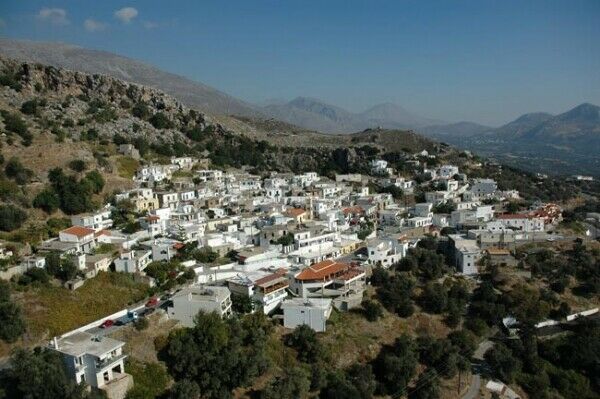"Discover the allure of Myrthios, immerse yourself in the beauty and heritage that define Myrthios, a place that captivates visitors with its charm and warm hospitality."
The Municipal District of Mirthios encompasses the settlements of Mirthios, Kalyso, Kampos, Kokkina Chorafia, Plakias, and Finix. Located 36 km from Rethymno, Mirthios offers a captivating view of the bay of Plakias and the Libyan Sea. Birthplace of the renowned linguist Georgios Hatzidakis, it is the second-largest Municipal District with 536 residents according to the 2001 census, characterized as a traditional settlement. The village's name is believed to derive from the word 'mirtia' (myrtle), once abundant in the central square. Inhabitants, including settlers from Greece and Sfakia, have contributed to the village's diverse origins. Originally built by the sea, frequent pirate raids during the Venetian rule prompted relocation to higher ground.
Mirthios holds historical remnants, such as an ancient aqueduct near the former coastal location. The plateau extending throughout the region is called "Gialia," meaning seashore. Noteworthy is the peculiar phenomenon during a full moon, especially from September to late January, where the moon, upon rising, reflects on a rock, illuminating the entire sea. Mirthios boasts the Paligremnos beach, where large squid emerge near a rock formation called "Paligremnos or Gonates," collected by locals using long poles. The village also claims half of the Kotsifou Gorge, a continuation of the Kryoneritis mountain peak. The gorge's source, Mary Kolymba, and a small monastery near Nioschorio have historical significance. The village hosts the Church of the Transfiguration of the Savior, built before 961, depicting scenes of the damned, and the Church of Saint Charalambos with a Venetian bell from 1589. Roman-era ostraca were discovered in the locations of Petres and Agios Theodoros.

